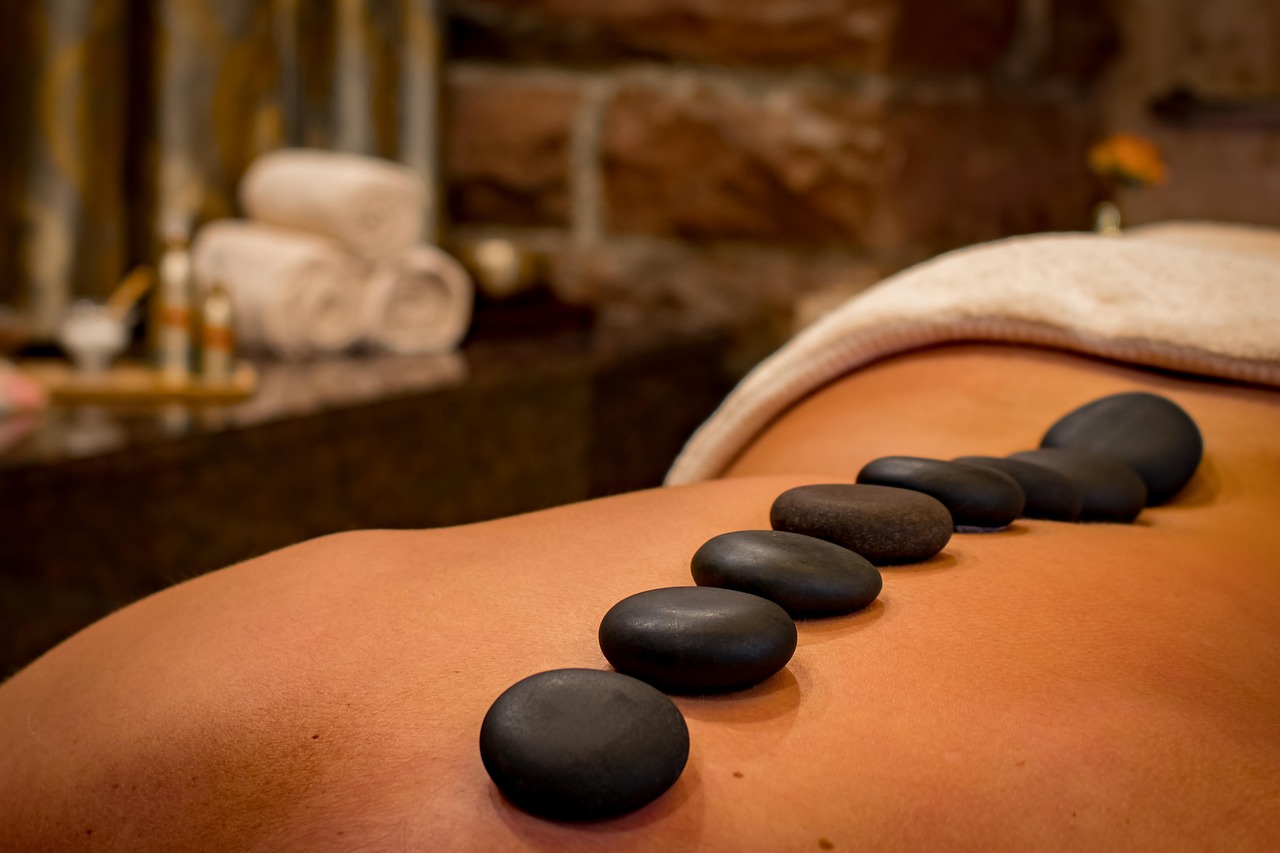The Evolving Role of Pleasure Throughout Life: Adapting to Change
Pleasure is an essential part of life, and how we experience it naturally evolves as we age. From the playful joy of childhood to the more nuanced pleasures of older adulthood, our needs and desires change with every stage. Understanding these shifts can help us develop pleasure practices that enhance well-being at any age.
This article explores how pleasure adapts as we move through life’s stages and offers strategies to maintain joy and a high quality of life regardless of age. By understanding these transitions, you and your loved ones can embrace pleasure in ways that support lifelong happiness.
Pleasure Across Life Stages: How it Changes and How to Maximize It
Childhood and Adolescence
Exploration and Play:
Children often find pleasure in play and discovery. This isn’t just fun—it’s essential for developing physical abilities, creativity, and social connections. Encouraging both structured and free play can foster a deep sense of joy that can last a lifetime.
Learning as Enjoyment:
As kids grow into teenagers, integrating pleasure into education—such as through games or interactive activities—can make learning more engaging and effective.
Young Adulthood
Career and Social Connections:
In early adulthood, pleasure often comes from advancing in careers and building social relationships. Pursuing hobbies that align with personal values can not only be fulfilling but can also lead to a more enjoyable work-life balance.
Balancing Independence and Responsibility:
This stage brings new independence and responsibilities. You can find pleasure in this balancing act by incorporating small, daily practices that bring you joy, like taking breaks for activities you love.
Midlife
Family and Career Satisfaction:
By midlife, many people find pleasure in family and career success. Prioritizing family time—like vacations or shared hobbies—and professional growth can boost overall happiness.
Self-Discovery and Renewal:
As children grow up and personal interests shift, this stage offers an opportunity for self-renewal. Rediscover old passions or explore new ones to continue finding joy in life.
Older Adulthood
Health and Leisure:
With age comes changes in physical abilities, but that doesn’t mean pleasure needs to fade. Adapt activities to your health—try gentle yoga, gardening, or creative arts—and find new ways to enjoy your time.
Social Engagement:
Staying socially active through community involvement, clubs, or volunteering can provide pleasure and help prevent feelings of isolation.
Strategies for Every Age
Mindfulness Practices:
Mindfulness can enhance pleasure by helping you stay present and fully enjoy the moment, no matter your age.
Adapting Pleasure Practices:
As life changes, your pleasure activities should evolve too. Stay flexible and keep your activities both enjoyable and suitable for your circumstances.
Conclusion: A Lifelong Journey to Joy
Pleasure isn’t static; it grows and changes with us. Understanding how these shifts occur can help ensure that we continue to live joyful, fulfilling lives at every stage. Whether you’re young or old, adapting your pleasure practices can lead to a richer, more satisfying life.
FAQs
How can I help an older family member rediscover joy in life?
Encourage them to engage in activities they enjoy, making any necessary modifications to accommodate their physical abilities. Simple adjustments like using assistive tools or choosing gentler activities can help them reconnect with pleasure.
Does engaging in pleasurable activities impact longevity?
Yes! Studies show that engaging in activities that bring joy can improve overall health and contribute to a longer, more fulfilling life.gression of life ensures that each stage is lived to its fullest, with joy and contentment as constant companions.




